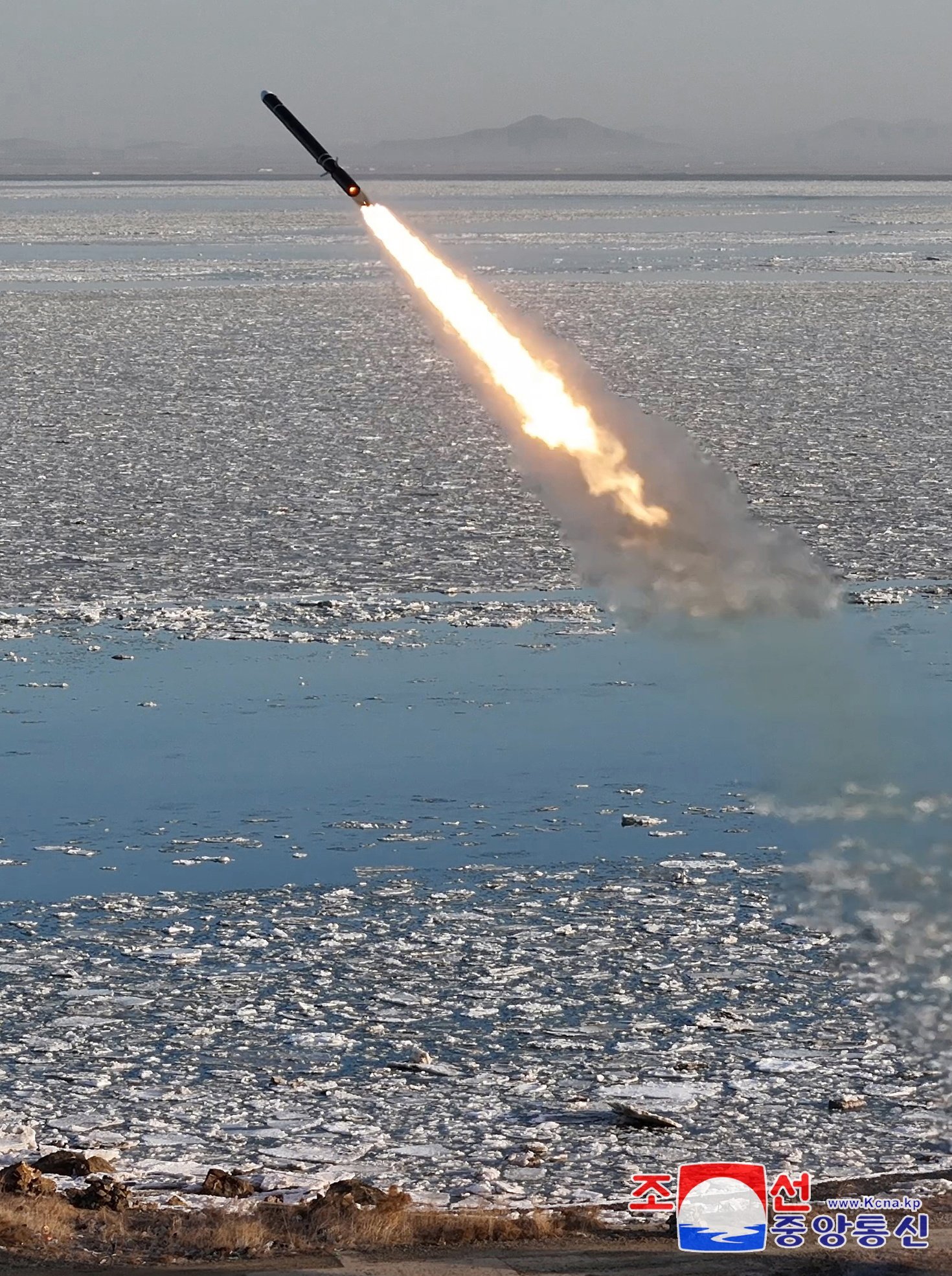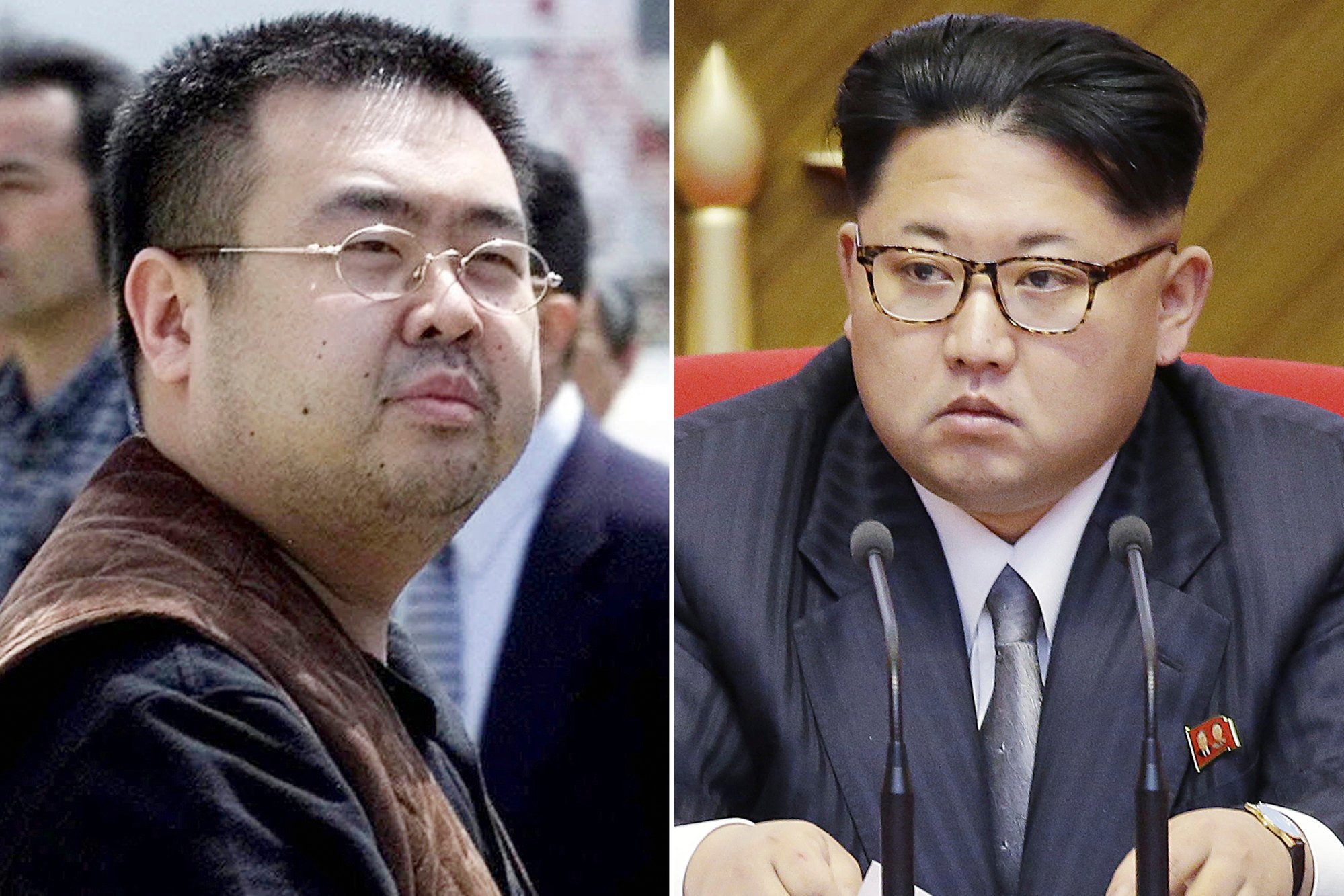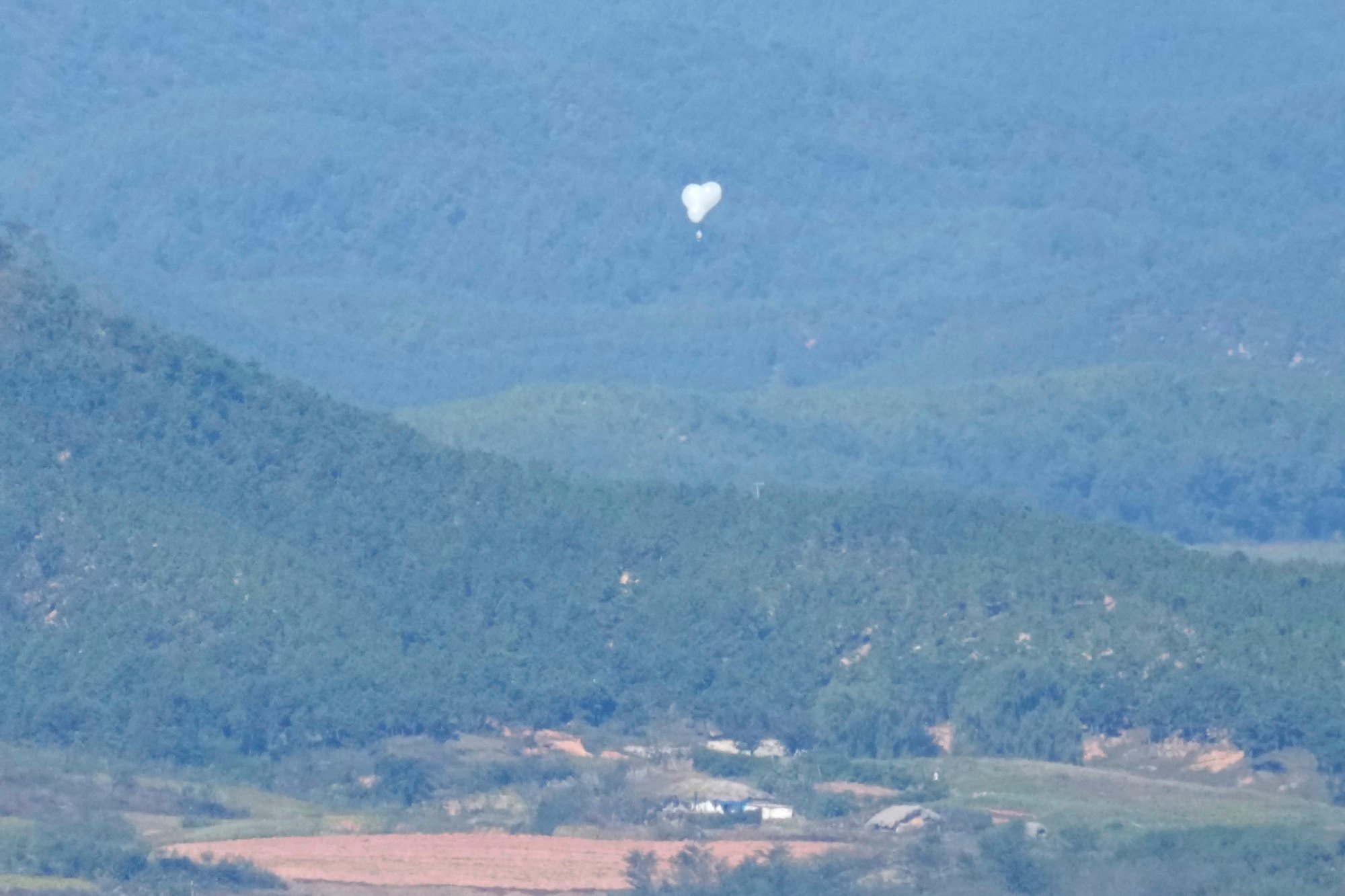What can South Korea learn from Israel-Iran war for its own air defence?
Even Israel’s advanced Iron Dome defence system was pierced by Iranian projectiles, highlighting vulnerabilities Seoul must now confront

For years, South Korea’s government has invested billions in missile shields and early warning systems, determined to keep the threat of Pyongyang’s ever-expanding arsenal at bay.
But the relentless exchange of missiles that defined last month’s Israel-Iran conflict exposed a harsh truth, analysts say: that even the most advanced defences can be pierced, and even the best-prepared nations may find themselves outmanoeuvred – offering a sobering reminder for South Korean military planners of how quickly Seoul’s own defences could be overwhelmed.
North Korea has spent the past decade testing a dizzying array of missiles, from short-range rockets to long-range cruise missiles, each designed to probe and overwhelm the South’s defences. Pyongyang’s strategy is to saturate the skies, analysts warn, launching waves of projectiles in hopes that a few will slip past and strike at the heart of the South.
“Like Iran, North Korea will also pursue a strategy of neutralising our air defence system by using a combination of ballistic missiles, cruise missiles and drones,” Lee Sang-gyu, a researcher at the Korea Institute for Defence Analyses, told This Week in Asia.
“While Israel’s multilayered air defence system was successful this time in blocking attacks, it showed that even the most sophisticated air defence systems are bound to have holes. Based on this reality, South Korea needs to review its defence systems and operations.”
Nearly 50 of more than 550 Iranian missiles that were launched during last month’s conflict broke through Israel’s Iron Dome and other air defence systems, according to the US Department of Defence, amid Israeli and American strikes on Iranian facilities that only set Tehran’s nuclear programme back by an estimated one to two years.
For South Korea, which has major population centres mere minutes away from its heavily fortified border with the North, that ratio reveals that even a handful of successful strikes could be catastrophic.
At the centre of South Korea’s framework of defensive architecture is the Korea Air and Missile Defence system, a multilayered shield set to be anchored by the cutting-edge L-SAM-II interceptor, which is slated for completion by 2028 at a cost of 567.7 billion won (US$417.1 million).
But as the Middle East has shown, hardware alone cannot guarantee security. South Korea’s answer to a potential first strike is its own pre-emptive doctrine, the “Kill Chain”, designed to eliminate North Korean launch sites before they can fire. Yet even this aggressive stance offers no certainty.
Recent incidents have exposed cracks in the armour. Last year, North Korea floated a fleet of low-tech balloons over the demilitarised zone, slipping through radar and evading detection. These simple balloons laid bare the South’s vulnerability to unconventional tactics, igniting fears that Pyongyang could exploit these weaknesses to deploy non-conventional weapons undetected.
South Korea’s 2024 Defence White Paper warned that the North retained an arsenal of chemical and biological weapons, with the means to deliver them by missile, drone, or even through the water supply. The 2017 assassination of Kim Jong-nam, the estranged half-brother of North Korea’s leader, with VX nerve agent in a Malaysian airport, was a chilling demonstration of that capability.

In response, South Korea has made scientific breakthroughs. In April, health authorities in Seoul approved the world’s first recombinant protein anthrax vaccine, developed by GC Biopharma and the Korea Disease Control and Prevention Agency – a testament to South Korea’s resolve to stay ahead of the threat posed by Pyongyang.
“While there are no known cases in the past where North Korea has used bioweapons, the Defence White Paper states that North Korea carries the capabilities to operate chemical and biological weapons as a means of creating sabotage and confusion in the Seoul area in the case of wartime,” said Kim Hyun-jung, a research fellow at the Institute for National Security Strategy in South Korea.
Yet most analysts agree that in a future conflict on the Korean peninsula, missiles and drones would dominate, with biochemical weapons relegated to the margins – dangerous, but unpredictable and inefficient compared to the speed and impact of modern projectiles, especially given Seoul’s preparations.

“South Korea’s state-of-the-art public health infrastructure, high medical technologies, and advanced hospital ecosystem are now coupled with its ability to stockpile vaccines and therapeutics,” Kim told This Week in Asia.
“Due to the massive amounts of casualties and damage that may arise at the beginning of a bioweapons attack, the country needs to be vigilant in reviewing its initial response system.”
Ultimately, the gravest danger remains the North’s nuclear capabilities, analysts say.
“Iran has never tested a nuclear weapon, whereas North Korea has now conducted six nuclear tests,” Lee said.
“Even if our superior air defence system can intercept a lot of the strikes from the North, one of these nuclear missiles falling on our side would be much more catastrophic than the damage we have seen in the latest [Israel-Iran] war.”